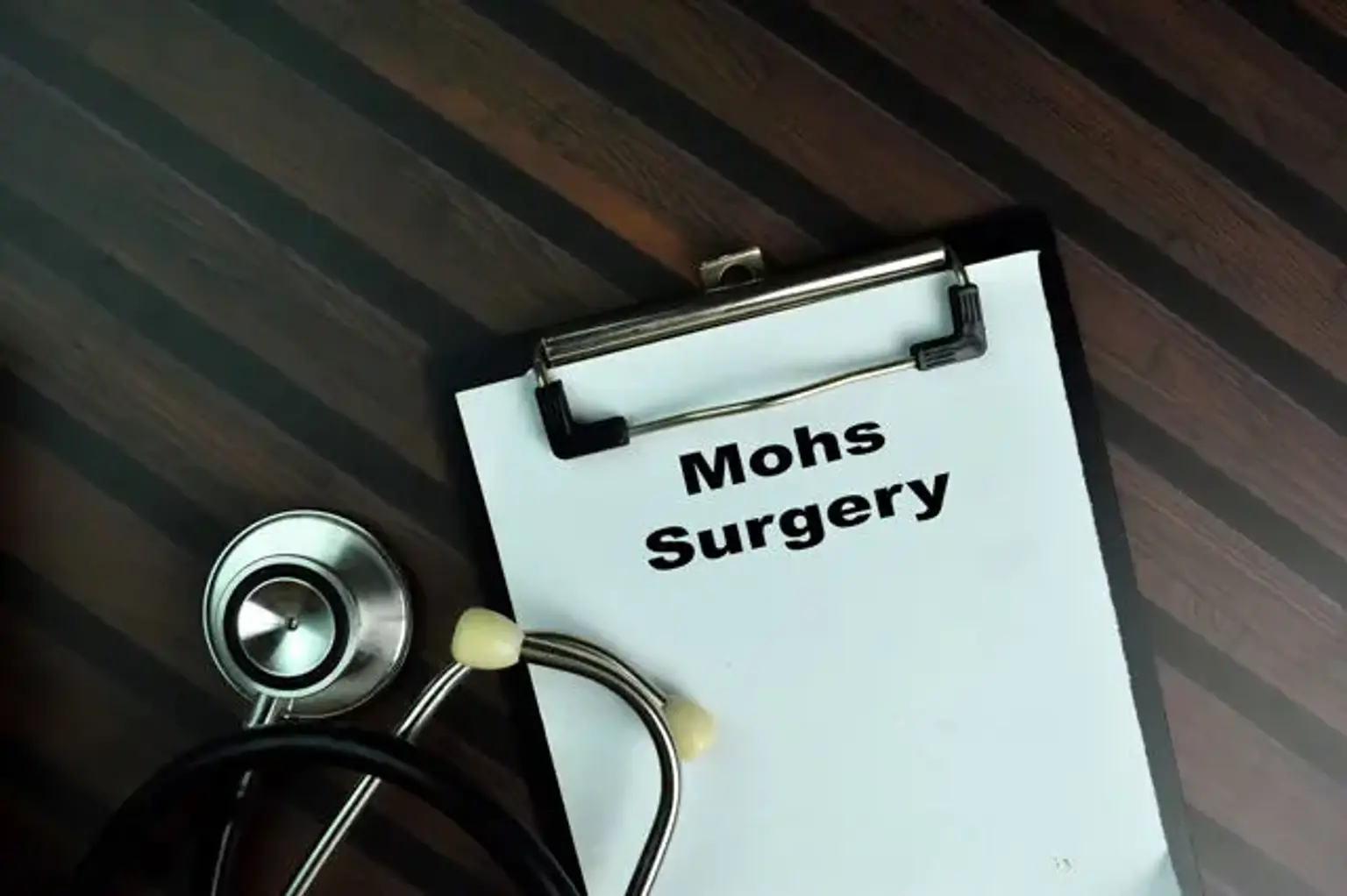Mohs surgery
Overview
Mohs micrographic surgery is a precise, tissue-sparing method of skin cancer excision named after the surgeon who invented it, Frederick Mohs. It is a surgical procedure that has a high cure rate for a range of skin malignancies, including basal cell carcinomas (BCC) and squamous cell carcinomas (SCC) (SCC). The fundamental benefit of Mohs surgery is that it allows for exact microscopic control of the whole tumor border while preserving as much healthy tissue as possible.
